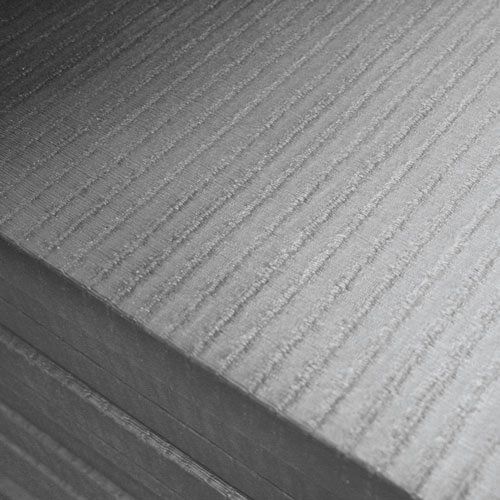
Nine Facts About Traditional Tatami Mats
Ezymats sell modern tatami mats which are mainly used for judo and other martial arts training. They are made from vinyl and compressed foam. But did you know they were inspired by traditional Japanese tatami mats. If you are interested in traditional tatami mats below if some information.
Ezymats value the importance of a high quality traditional Tatami mat. They are the almighty flooring material, which no traditional Japanese home goes without. These mats are highly sought after in traditional homes and by interior designers.
Tatami mats are the woven rush grass and cloth around a rice straw, and are very gentle underfoot. Now we will analyse 10 facts about the Tatami mats, do’s and don’ts, and their practical use in everyday life.
Facts About Traditional Tatami Mats
-
Sitting on Tatami mats is strictly Seiza or cross-legged.
In the traditional Japanese way, appealing to the etiquette, Seiza (正座) is the proper way to sit on the Tatami mat. Cross-legged sitting is much more free and casual, as opposed to the traditional way of the Seiza. Seiza sitting is practically bending your legs and sitting on them, with the feet crossed under.
-
Washitsu, the traditional Japanese room, is nothing without Tatami mat flooring.
The Tatami material is made out of rush and cloth, and when they grow older, the tatami turns from green to yellow. The cloth covers the woven ends and it is very soft underfoot. The traditional Japanese room uses Tatami mats for its standard flooring.
-
Up to 7000 rush pieces are used to make Tatami flooring.
Cities like Hiroshima, Fukuoka and Kouchi are known for their vast quantity and manufacture of rush grass, or Igusa, as the Japanese call it. Machines in these highly industrialized cities make the weaving process a breeze.
-
Generally, there are four Tatami sizes.
Tatami mats are made especially to fit the room size, and they are always made in the 2:1 ratio. Additionally, there are four popular sizes; Chuukyouma, Kyouma, Edoma, and Danchima.
-
The Tatami mats are made of three parts.
The Doko is the inside part of the Tatami. In the ancient ways, the inside was filled with rice straw. This made way for bug problems and it wasn’t very comfortable above all. The modern Tatami changed this to compressed wood chips or even styrene foam.
The Tatami Omote is the surface of the Tatami, made out of woven dried rush. Hemp or cotton is used as weaving warp. The Tatami Fuchi is the edge of the Tatami mat. The Fuchi utilizes a wrapped clothing around the end of the Tatami mat to hide the ends of the woven area for aesthetic purpose.
-
Oki Tatami are mats specifically used for houses with Western aesthetic rooms.
These types of Tatami mats are called either Unit Tatami or Oki Tatami, and they’re rectangular in shape and are used in households that have westernized rooms with hardwood floors.
-
There are also Tatami mats especially made for martial arts such as Judo.
Called Judo Tatami, these mats don’t use rush grass, but polymer sheet with a rough surface. The special surface makes sure that the mat doesn’t get dusty or cause skin burns during falls. These are the kind of mats that Ezymats supply to organisational around Australia.
-
Cleaning the Tatami mats is pretty easy.
The cleaning can be done by vacuuming, with a piece of cloth, or with specialized floor mops. For a more thorough cleaning, a dry cloth piece would make the Tatami mat shine. Remember to clean in the same direction the rush is woven in, to avoid any damages.
-
Rule #1: Never stand on Tatami mats with your shoes on.
In order to fully respect the ancient customs, one must remove their shoes when entering a Tatami room. Shoes are an absolute faux pas when etiquette is in order as they do not show a tidy respect to the atmosphere of the Tatami. Not to mention that they might damage the woven rush.
Some of the rules apply to modern tatami mats as well.


Follow us:


